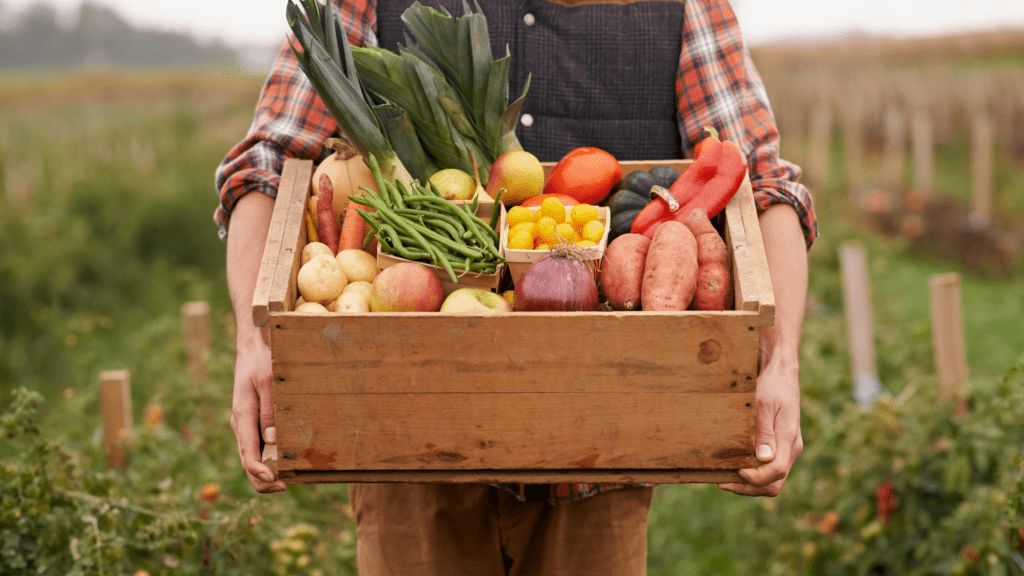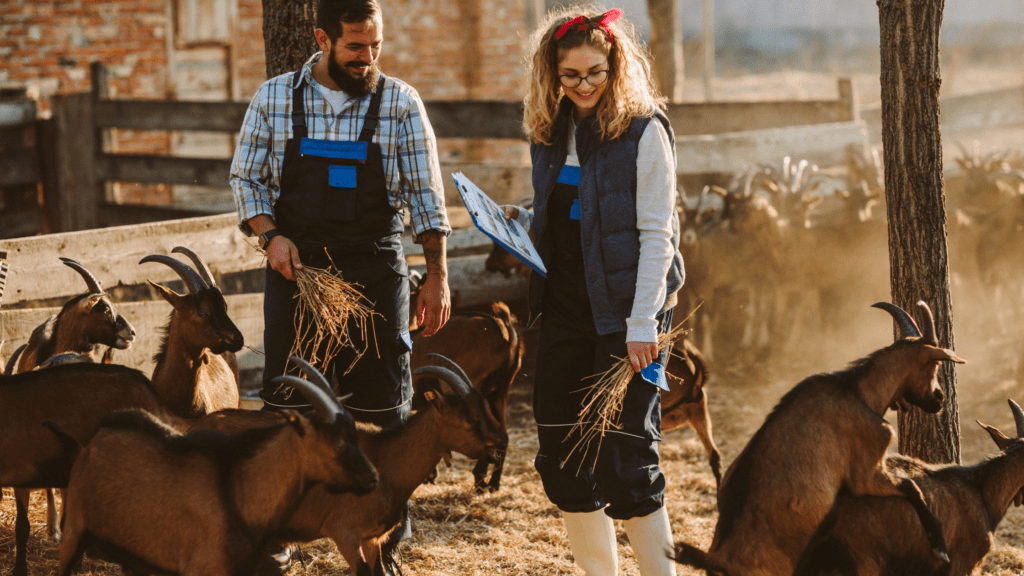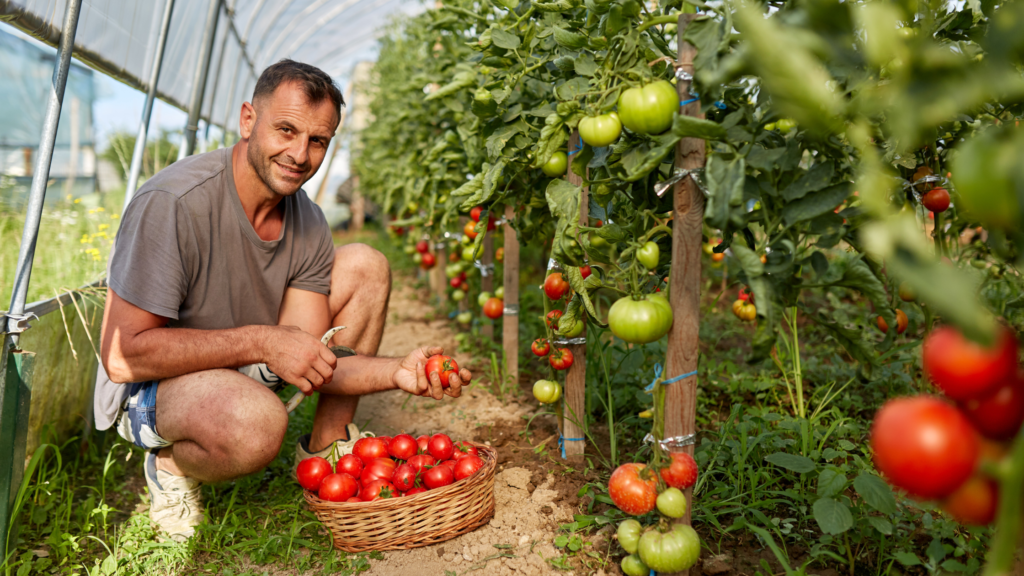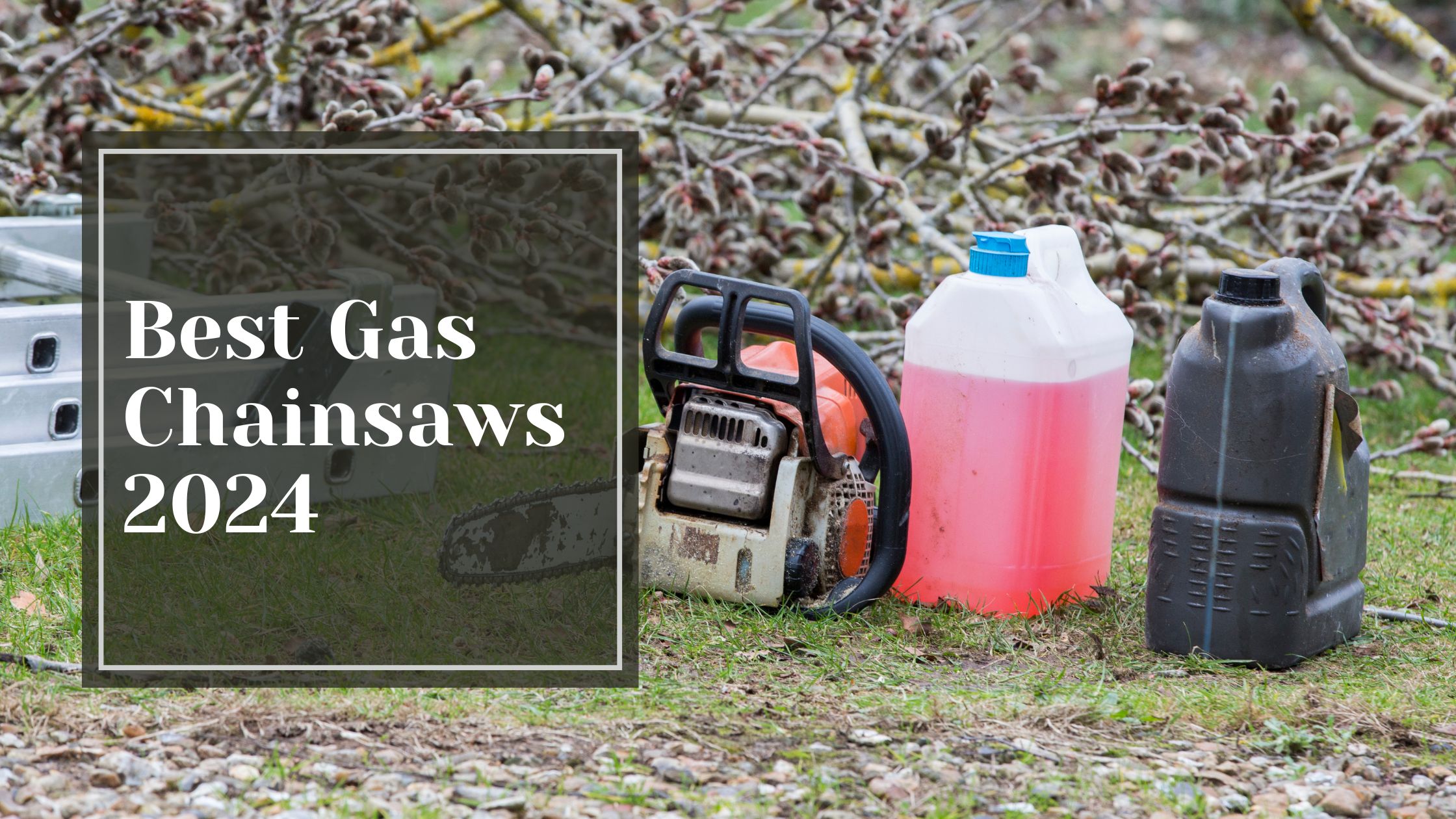Embarking on a small farming endeavor can be a fulfilling journey, both personally and economically. However, achieving success requires keen attention to various factors such as local demand for crops, targeted marketing, financial planning, local collaboration, potential governmental assistance, sustainable pest management, and intelligent pricing. In this article, the interconnection of these essential factors will be elaborated upon to provide a well-rounded perspective on establishing a profitable small farm.
Table of Contents
Toggle
Uncover Profitable Crops and Goods
Understanding what products are in high demand in your area is critical for the success of your farm. Consult local market trends and speak with local retailers and consumers. This information will inform you about which crops or goods are most lucrative and should be prioritized. For example, if organic vegetables have a strong market in your area, it may be wise to consider growing them. Similarly, if there’s a demand for free-range eggs, raising poultry could be profitable.
Design a Captivating Marketing Strategy
Once you’ve identified what to grow or produce, the next step is making people aware of your offerings. One effective way to do this is by creating a useful brochure using predesigned online templates. This not only serves as a marketing tool but also establishes your brand. Nowadays, digital brochures can be equally effective, shareable on social media platforms and via email. For instance, if you specialize in organic produce, your brochure should focus on the benefits of organic farming, which not only attracts customers but also builds your brand as a responsible farmer.
Branding is one of the most essential parts of making money on a small farm! A great way to start the branding process is by picking a name and putting a sign at the entrance of your farm!
Plan a Solid Financial Framework
Financial planning can’t be stressed enough when you’re setting up a small farm. A well-thought-out budget will help you manage both capital and operational expenses. For example, if you have identified that dairy farming could be profitable based on local demand, then budgeting must account for livestock purchase, feed costs, and milking equipment. An accurate budget ensures you don’t find yourself in a financial hole, allowing your business to grow sustainably.
Develop Local Commercial Partnerships

Your farm’s success is, to a large extent, dependent on the relationships you build within the local business ecosystem. Forge relationships with local grocers, restaurants, and farmers markets. Having a network of reliable vendors not only ensures a steady stream of income but can also provide you with valuable market insights. This approach proves symbiotic, as vendors are often looking for quality, local produce.
Navigate Governmental Aids and Incentives
Various governmental programs offer grants, subsidies, and tax credits that can be a boon for small farmers. These could range from grants for implementing sustainable farming practices to tax incentives for employing local labor. Taking advantage of such assistance can provide your farm with the financial cushion it needs to grow and innovate.
Adopt Eco-Friendly Pest Solutions

Conventional pest control methods can often be harmful to the environment. Opt for eco-friendly alternatives that are both effective and sustainable. For instance, if your farm is plagued by Japanese beetles, consider using traps instead of chemical insecticides. This approach not only addresses the pest problem but also aligns with the growing consumer demand for environmentally responsible farming practices.
Establish a Profitable Pricing Model

Setting the right prices for your products is crucial for both competitiveness and profitability. Use a cost-plus pricing strategy, taking into account all the expenses involved in production, to set a price that allows you to make a reasonable profit. If you offer unique products like heirloom vegetables, you might be able to command higher prices, catering to a niche market.
Navigating the intricacies of a small agricultural enterprise goes beyond merely planting seeds and harvesting crops. It’s about understanding and integrating diverse aspects, from demand analytics and branding nuances to fiscal prudence and local networking. With a holistic approach, small farmers can not only cultivate a sustainable operation but can also meet the increasing consumer demand for high-quality, responsibly sourced produce. As you apply these principles, you’re not just growing crops—you’re nurturing a business poised for long-term success.
This article was written by our friend Jessica Brody with www.ourbestfriends.pet.






